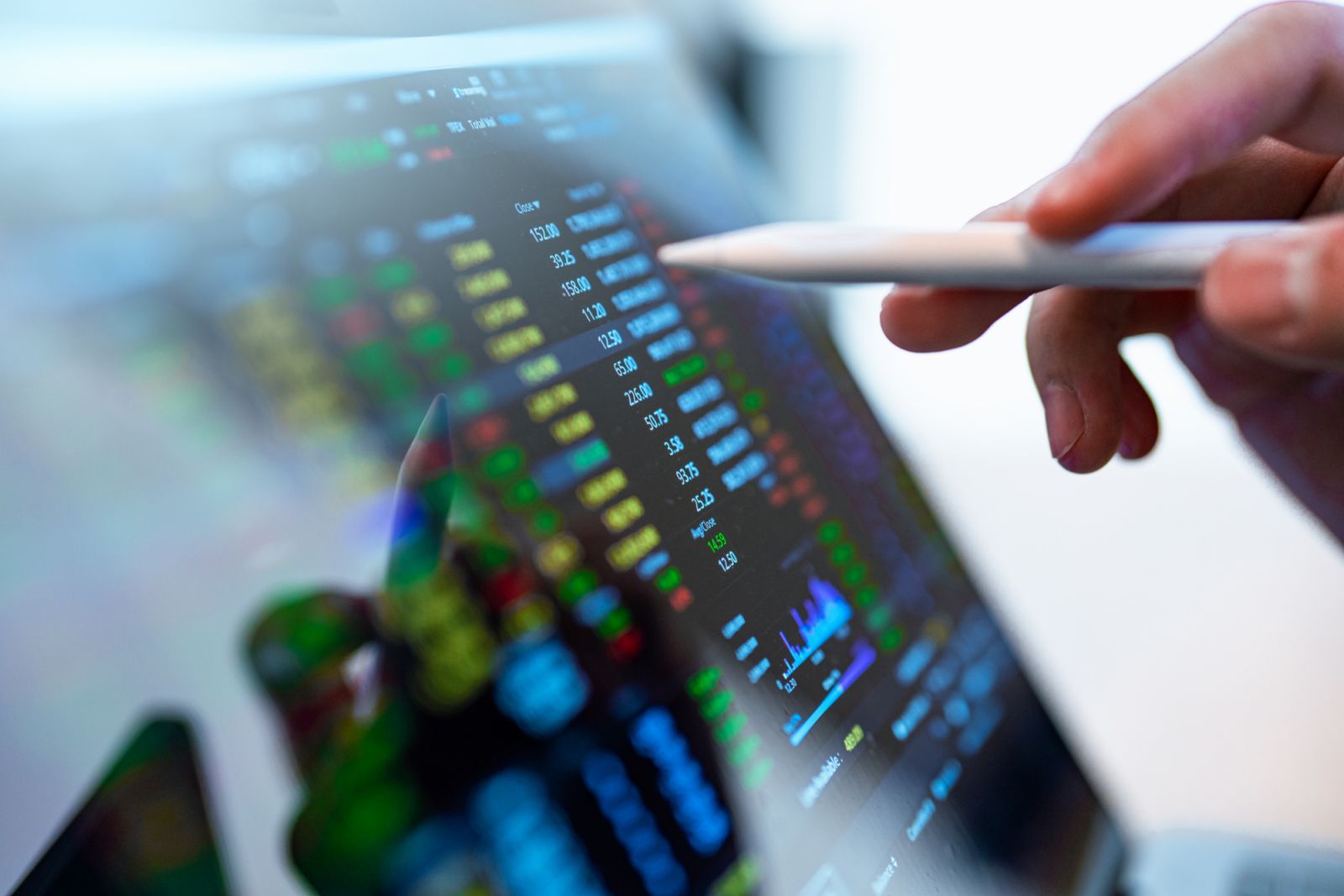What is the secondary private equity opportunity and how can you leverage it to own shares in unicorn companies? Kelvin Lee of Alta, a digital securities exchange for alternative investments, breaks it down for us
The private markets have witnessed remarkable growth in secondaries, also known as secondary funds that purchase existing interests or assets from primary private equity fund investors. Annual volume of secondaries surged from $20 billion in 2008 to over $100 billion in 2021 and 2022, as reported by the leading private markets investment management firm Hamilton Lane. In 2012, secondary market volume was just 5 percent of the total private market distributions. By 2022, it had doubled to 10 percent, indicating the rising significance of secondaries in providing liquidity to investors.
But how is this changing the investing landscape? About a decade ago, we had no access or opportunity to invest in a private tech giant like WhatsApp until Meta, then Facebook, went public in 2012.
Fast forward to today, we have access to investment opportunities in fast-growing social communications platforms, like Discord, and high-profile unicorns, such as TikTok’s parent company ByteDance, OpenAI and SpaceX, largely thanks to the secondary market platforms like the one Alta has developed.
Read more: Why Sarah Chen-Spellings is investing a billion dollars in female founders


Besides accessibility, many areas of the private market tend to be illiquid by design, which can allow long-term investments to realise their full economic potential. This can also create challenges for investors who need flexibility. The secondary market offers a solution by providing a platform for selling existing investments to other buyers, alleviating liquidity issues in private equity investments.
A prime illustration of this synergy is the listing of Income Insurance, a household name in the insurance sector that has become synonymous with Singapore’s integrity and prosperity, on our securities exchange. Recently, a share liquidity programme launched by Alta and investment firm PhillipCapital enabled over 15,000 Income Insurance shareholders globally to sell their shares. The programme would see the shares listed on Alta’s securities exchange, which is regulated by the Monetary Authority of Singapore, and made available to institutional and accredited investors to trade and own them.
Read more: PayPal mafia member Jack Selby on venture investing, luck and being ‘second banana’
As one of Singapore’s leading insurers and a publicly non-listed company, the listing of a company the size of Income Insurance was a tipping point for more unlisted companies to tap into the private market for liquidity, validating the viability of private exchanges to facilitate exits for early investors and shareholders.
In this article, I hope to help shed light on the growing secondary private equity opportunity for the individual investor—from how and why the market has been growing to the benefits of owning secondaries.



